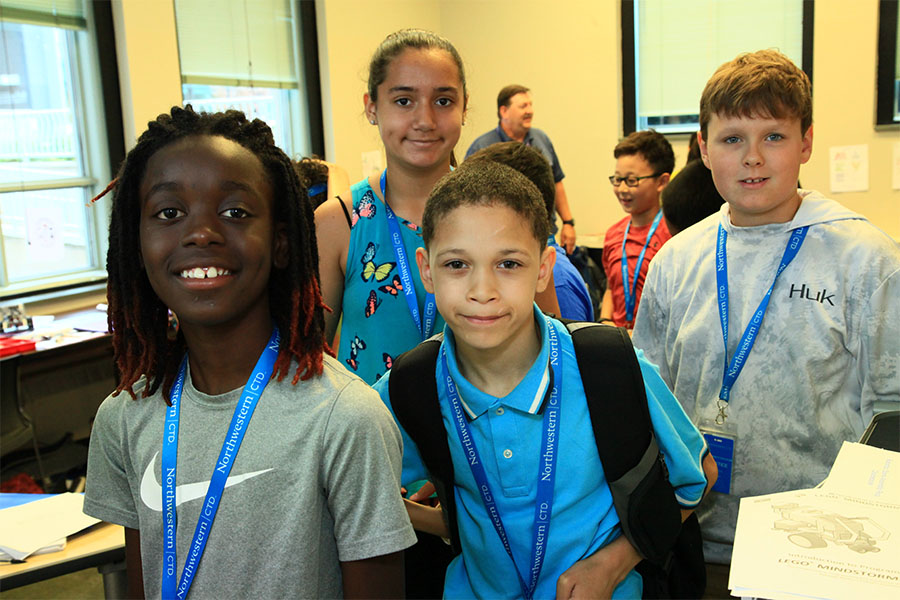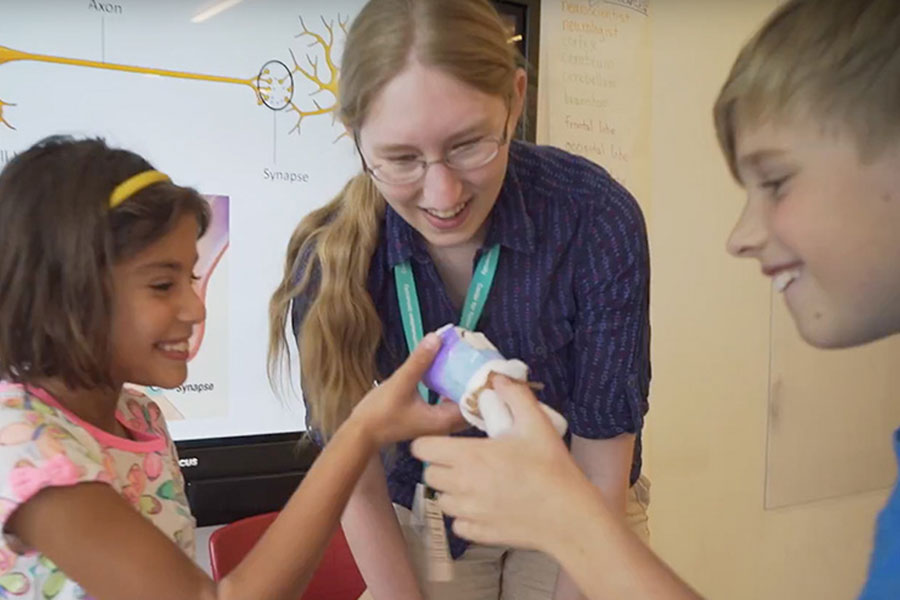
By Erica Bartnicki
You don't need to be a detective to enjoy this Rainy Day activity! This fun, investigative experiment will help students enforce their knowledge of the scientific method, as well as the properties of chemical reactions.
You have been assigned a special case. A victim of a crime received a letter with a mystery powder substance. Use your knowledge of chemistry to help the investigative team solve the mystery by figuring out what substance was placed in the envelope. Taken from my "Crime Scene Biology" class at CTD, this experiment demonstrates how forensic scientists have to test various substances to figure out how a crime was committed.
Materials Needed:
- Corn Starch
- Baking Soda
- Sugar
- Salt
- Iodine
- Water
- Vinegar
- Magnifying Glass
- Black construction paper (or a dark surface to work on)
- Eyedroppers
- Spoons
Instructions:
(Parents will need to help set this one up in order to provide the “mystery” aspect).
- Parents-Without your child watching, place one of the powders in an envelope. This will be the mystery substance.
- Gather all your materials.
- If you are using construction paper, divide the paper into four squares. Each square will be for one of the substances.
- Place a small amount of each of the white substances in each of the squares. Divide each powder into three small piles.
- Use your magnifying glass to make observations about each of the substances. Write them down. You will need this information later.
- Now you are ready for testing.
- Place a few drops of water on each of the substances and record your observations. Repeat this for all four substances.
- Once you are finished testing the known substances, you can now test the unknown substance.
- Pour out the mystery substance and observe the substance with the magnifying class.
- Make sure you divide the mystery substance into three piles.
- Test the substance with the vinegar, water, and iodine. Write down your observations.
- Once you are finished testing, you can then compare your results to the known substances. If the reactions match, more than likely it is the same substance and you have solved the crime!
Modifications for Younger or Older Students:
This activity was done with 6th and 7th graders. However, I feel it can be done with younger students as long as there is parent supervision. Also, it gives younger students an opportunity to see different chemical reactions.
Did your gifted learner solve the mystery?
Since Fall 2010, Erica Bartnicki has taught a number of science courses for the Saturday Enrichment Program (SEP), including "Conceptual Chemistry", "Crime Scene Biology", and "Do the Genes Fit?". In the upcoming winter term, she will be teaching "Planet Earth & Biology" for grades 2-3. Registration is now open! By Erica Bartnicki
You don't need to be a detective to enjoy this Rainy Day activity! This fun, investigative experiment will help students enforce their knowledge of the scientific method, as well as the properties of chemical reactions.
You have been assigned a special case. A victim of a crime received a letter with a mystery powder substance. Use your knowledge of chemistry to help the investigative team solve the mystery by figuring out what substance was placed in the envelope. Taken from my "Crime Scene Biology" class at CTD, this experiment demonstrates how forensic scientists have to test various substances to figure out how a crime was committed.
Materials Needed:
By Erica Bartnicki
You don't need to be a detective to enjoy this Rainy Day activity! This fun, investigative experiment will help students enforce their knowledge of the scientific method, as well as the properties of chemical reactions.
You have been assigned a special case. A victim of a crime received a letter with a mystery powder substance. Use your knowledge of chemistry to help the investigative team solve the mystery by figuring out what substance was placed in the envelope. Taken from my "Crime Scene Biology" class at CTD, this experiment demonstrates how forensic scientists have to test various substances to figure out how a crime was committed.
Materials Needed:

